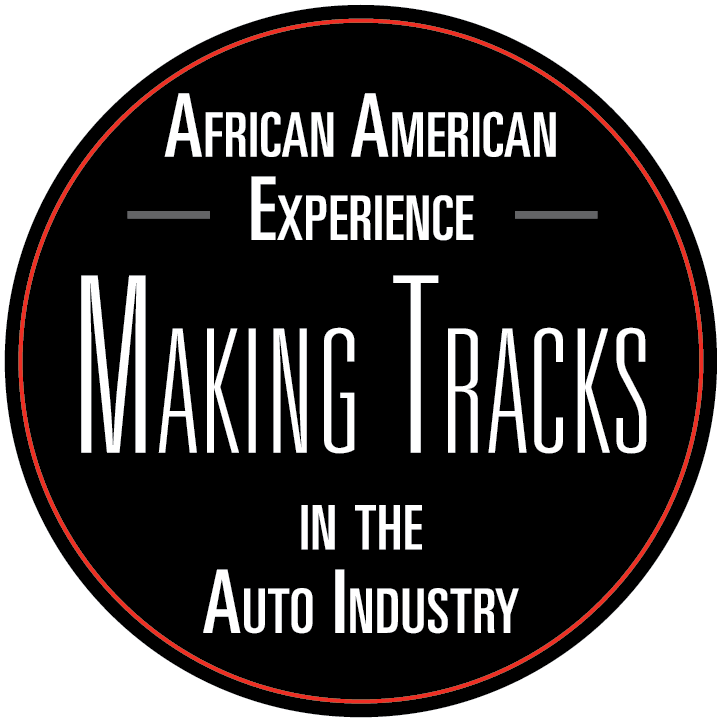The profiles below help to illustrate to multiple facets to the contributions of African Americans throughout all phases of the auto industry.
Clara Doutly is an original World War II "Rosie the Riveter." At age 100, she recounts her time working at Briggs Manufacturing in the 1940s and some amazing experiences as a celebrated Rosie.
Becel Dubreuze Jr. discusses his journey from humble beginnings in Haiti to fulfill his dream of designing cars for the biggest auto manufacturer in the world.
Rudolph "Rudy" Milhim immigrated from Haiti in 1980 and began what has become a 30+ year career as an electrical engineer at Stellantis.
Sabin Blake, Director, North American Business Communications for General Motors, discusses his family lineage, career at GM and importance of African-American experience to the American story.
Ed Welburn broke barriers rising to become the Vice President of Global Design at General Motors
Renown inventor and scientist George Washington Carver had a unique relationship with Henry Ford. Later in the life of both men, they two forged a friendship rooted in mutual respect.
In the face of adversity, Ed Davis became the first African-American to operate a dealership for a major auto company.
As the race to find the right mix of price and function raged on C.R. Patterson and Sons decided to apply their skills and became the first African-American automotive manufacturers
Early union organizing often centered around the centers of thrust and influence within cultural communities. Rev. Charles Hill represented one of those trusted voices who helped connect those efforts in the African-American community.
Having formed an unlikely friendship with a young Henry Ford, William Perry eventually became the first African American salaried employee of the Ford Motor Co.
This video chronicles the role of African-American women played in the early auto industry all the way through World War II.
Take a look at a brief history of African Americans in the auto industry though the first half of the 20th century.


